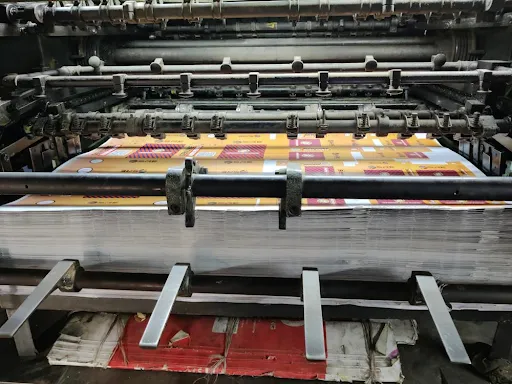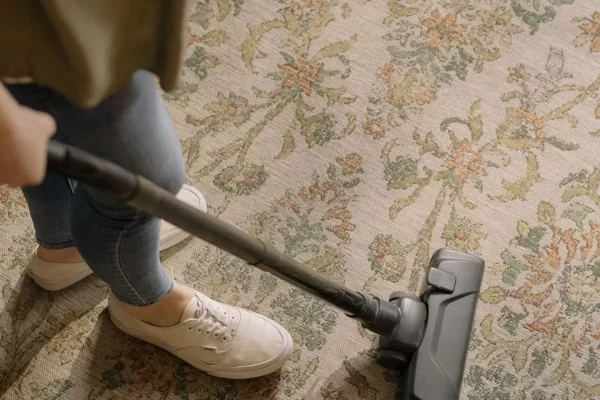You have seen those horrible post-storm photos of 2x4s speared through a window or furniture sucked in by the wind. These are the dangers of inefficient windows in Florida and other storm-prone areas.
To protect against such damage, impact glass prevents debris from entering the house. It also reduces noise and absorbs harmful UV rays that cause carpets, wood, and fabrics to fade.
Strength
Most impact resistant windows have a polyvinyl butyral (PVB) layer sandwiched between two glass panes. This inner membrane is strong enough to prevent the glass from shattering and flying inward during a hurricane, thus protecting you from debris and potential injuries.
The middle layer of PVB also helps to hold the shattered glass shards in place. And the frames on these windows are generally heavier than those of traditional residential windows, as they need to withstand tremendous pressure without breaking.
They must also pass rigorous tests, including being shot out of a cannon at varying speeds and fluctuating pressures. The stronger the window, the higher its Design Pressure Rating (DP).
Durability
Wind, debris, and flying projectiles are common threat during hurricanes. When they hit a traditional single-pane window, they shatter into shards, causing severe harm to people and property. Impact resistant windows are designed to withstand these elements and provide safety for homeowners.
The sturdiness of impact windows comes from a layer of protective resin called polyvinyl butyral (PVB).
This layer also helps reduce energy bills. The double-pane configuration of impact windows significantly increases insulation R-values, preventing hot and cold air from escaping your home and saving you money on your heating and cooling costs.
Energy Efficiency
In areas prone to hurricanes, debris propelled by strong winds can rip through traditional windows and damage your home’s interior. Impact resistant windows are designed to withstand this debris and protect your family from injury or death. They are often more effective than security glass or window grates and, when installed in new construction homes, can be an excellent investment that can pay off in reduced homeowners insurance premiums.
Impact resistant windows’ strength comes from a polyvinyl butyral (PVB) layer that sits compressed between two panes of heat-strengthened glass. This membrane holds the shards of glass together and can withstand an object traveling at 50 mph, the speed that most projectiles travel during hurricanes.
Additionally, PVB is reflective, which blocks the harmful ultraviolet rays from the sun that can fade carpets, furniture, and photographs. These windows also provide excellent insulation, which helps reduce your home’s energy bills.
Security
In addition to protecting your home from high winds, impact windows make it difficult for burglars to break in. These windows are shot with lumber, small projectiles, and other objects at different points during testing. If the window withstands these shots, it receives the Notice of Acceptance (NOA) certificate.
When these windows are struck by a large object, instead of shattering into shards, they fracture in a spiderweb pattern that prevents injury and reduces the likelihood of damage to your home. This is one reason why many insurance companies give homeowners a substantial premium discount for installing impact windows.
Other reasons to invest in impact resistant windows include security, energy savings, and the ability to eliminate the need for storm shutters. These windows also boost your property value and beauty and provide peace of mind. For these reasons, impact resistant windows are an excellent choice for homeowners living in hurricane-prone areas of the country.





